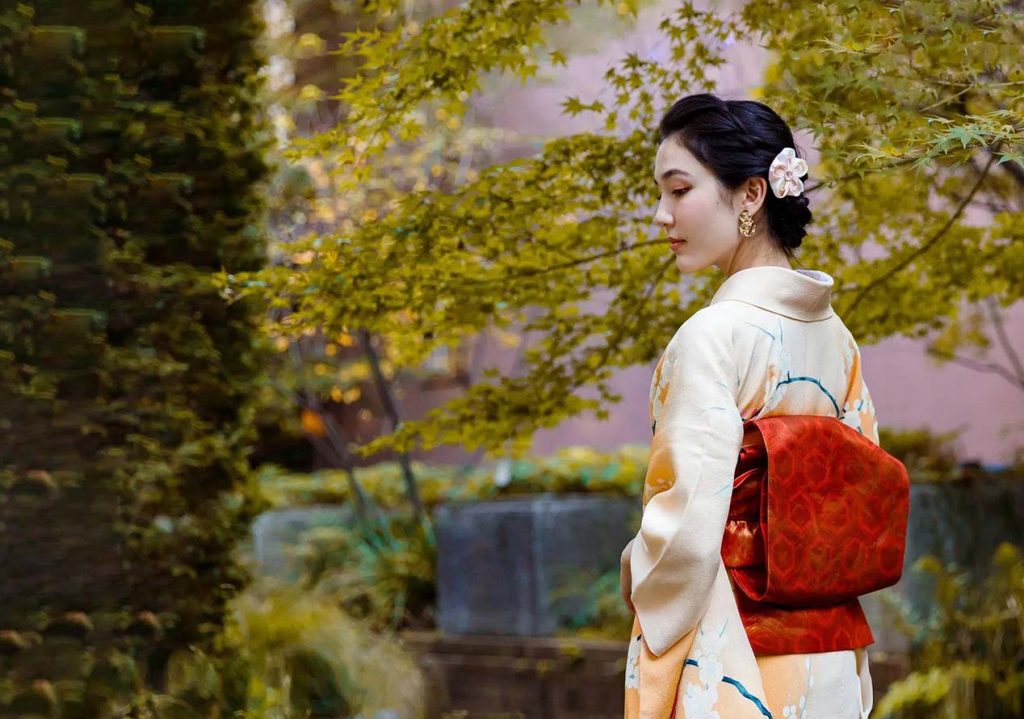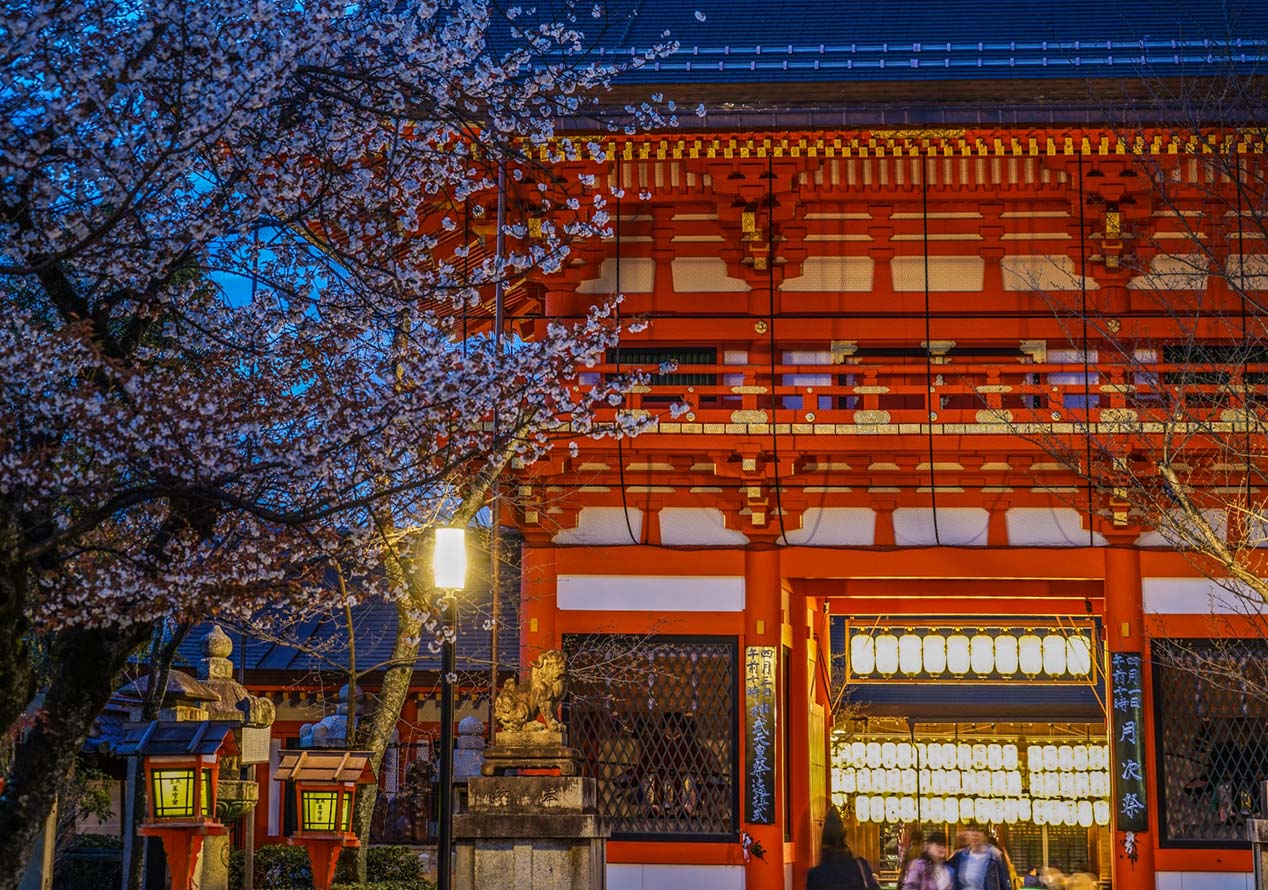1. Kyoto’s Vast Craft Heritage:
Kyoto stands as an invaluable repository of traditional crafts, many of which have been painstakingly refined over the centuries. From the intricate choreography of tea ceremonies to the painstakingly crafted kimonos, Kyoto’s artisans stand out for their unwavering commitment to preserving and evolving these age-old arts.
2. The Artistry of Kimono Production:

No exploration of Kyoto is complete without delving into the world of kimono production. Kimonos transcend mere clothing; they are living testaments to Kyoto’s craftsmanship. Embark on a journey to kimono workshops and witness skilled artisans transforming bolts of fabric into masterpieces. And, for a truly immersive experience, drape yourself in a kimono to savor the elegance of this traditional attire.
3. Pottery and Ceramics:
Kyoto’s pottery and ceramics have garnered global acclaim for their delicate beauty and practicality. Pay a visit to local pottery studios, where you can witness artisans deftly shaping clay into exquisite teapots, sake sets, and dinnerware. Don’t pass up the opportunity to acquire a unique piece of Kyoto pottery as a cherished keepsake of your sojourn.
4. The World of Tea and the Way of Tea:
Kyoto serves as the beating heart of Japan’s tea culture, and a visit to this city provides a gateway into the realm of the Way of Tea (Chanoyu). Explore historical tea houses, partake in traditional tea ceremonies, and cultivate an understanding of the craftsmanship behind tea utensils like chawan (tea bowls) and chashaku (tea scoops).
5. Calligraphy and the Elegance of Script:
The art of Japanese calligraphy, or shodo, stands as another captivating facet of Kyoto’s cultural mosaic. Venture into calligraphy workshops and observe masterful calligraphers transforming brushstrokes into graceful characters. You might even try your hand at this artistic expression under the expert guidance of a calligraphy maestro.
6. Textile Arts:
Kyoto’s textile arts are celebrated for their intricacy and beauty. Traverse textile museums and workshops where time-honored weaving and dyeing techniques are still practiced. Witness the crafting of exquisite fabrics, such as Nishijin-ori silk and yuzen-dyed kimono patterns, and unearth the stories interwoven into these longstanding traditions.
7. Artisanal Markets and Boutiques:

Kyoto boasts a plethora of artisanal markets and boutiques, offering an array of handcrafted treasures. From hand-painted folding fans (sensu) to exquisite woodblock prints (ukiyo-e), these markets are veritable havens for art aficionados and collectors alike.
8. Fostering Local Artisans:
When you procure handcrafted items in Kyoto, you’re not just obtaining a product; you’re nurturing local artisans and preserving the city’s cultural heritage. Take a moment to acquaint yourself with the artists behind the creations and develop a profound appreciation for the artistry involved.
Embarking on a voyage through Kyoto’s realm of handcrafted marvels is an enriching odyssey that allows you to immerse yourself in the city’s artistic essence. As you explore the ateliers, studios, and markets that breathe life into Kyoto’s traditions, you’ll come to grasp the profound interplay between art and craft in this extraordinary city. Your expedition through Kyoto’s artistic fabric will leave you not only with exquisite souvenirs but also with a profound reverence for the enduring legacy of craftsmanship in Japan.



